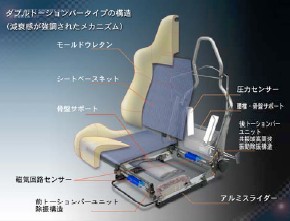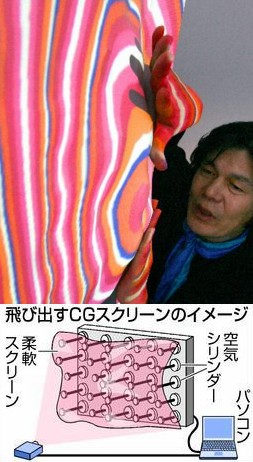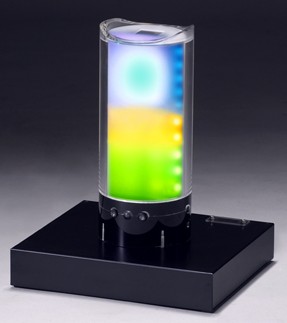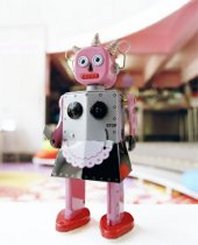 Researchers from the University of Tokyo, Oita University, the Shimane Institute of Health Science and Delta Tooling, an industrial equipment manufacturer, have developed a prototype smart car seat capable of detecting when its occupant is on the verge of falling asleep. The seat was unveiled at a symposium held at the University of Tokyo on February 5.
Researchers from the University of Tokyo, Oita University, the Shimane Institute of Health Science and Delta Tooling, an industrial equipment manufacturer, have developed a prototype smart car seat capable of detecting when its occupant is on the verge of falling asleep. The seat was unveiled at a symposium held at the University of Tokyo on February 5.
The researchers began by studying the physiological signs of 100 sleepy subjects, focusing particularly on the changes in pulse and respiration that occur 10 minutes before falling asleep. They then developed a system of sensors that could both detect these changes and be embedded in the seat.
The seat is equipped with a pair of pulse-monitoring pressure sensors in the seat-back and a set of respiration-monitoring sensors underneath. The researchers successfully tested the system in a variety of simulated and actual driving conditions, and they claim it works effectively even when the driver is bundled in layers of clothing.
Previous drowsiness prediction systems that rely on physiological data require the subject to attach electrodes or other hardware to his or her body. And since these systems tend to be bulky, they have not seen widespread use in automobiles. However, unlike previous systems, this newly developed smart car seat does not require the driver to wear any special hardware -- it can detect drowsiness as long as the driver remains in the seat.
Though the seat can sense when the driver is sleepy, it is not yet equipped to respond. The next step will be to outfit the seat with an alarm function that is automatically activated when its occupant becomes drowsy. The researchers hope to make the smart seat commercially available in 5 years.
[Sources: Asahi, Yomiuri, University of Tokyo press release (PDF)]

 Here's a groovy display for people looking to add that extra dimension to their viewing material...
Here's a groovy display for people looking to add that extra dimension to their viewing material... On November 6,
On November 6,  A spacewear fashion show featuring clothing designed for travel in weightless conditions was held at the University of Tokyo's Hongo campus on November 2.
A spacewear fashion show featuring clothing designed for travel in weightless conditions was held at the University of Tokyo's Hongo campus on November 2.  Tokyo University and a consortium of 7 companies have launched a long-term joint research project to develop next-generation robot and information technology aimed at supporting Japan's aging population. Over the next 10 to 15 years, the group (known as
Tokyo University and a consortium of 7 companies have launched a long-term joint research project to develop next-generation robot and information technology aimed at supporting Japan's aging population. Over the next 10 to 15 years, the group (known as  Last week, the University of Tokyo's Institute for Cosmic Ray Research (
Last week, the University of Tokyo's Institute for Cosmic Ray Research (
 Outcrops of combustible ice, or
Outcrops of combustible ice, or 